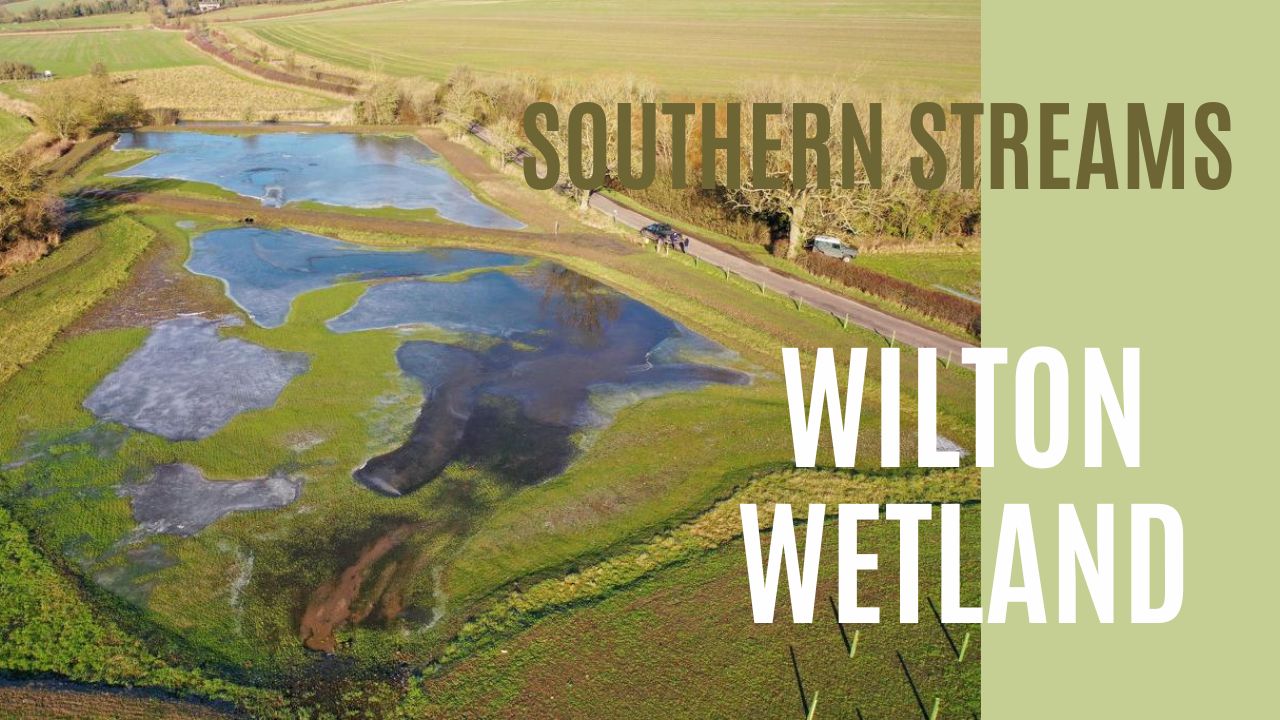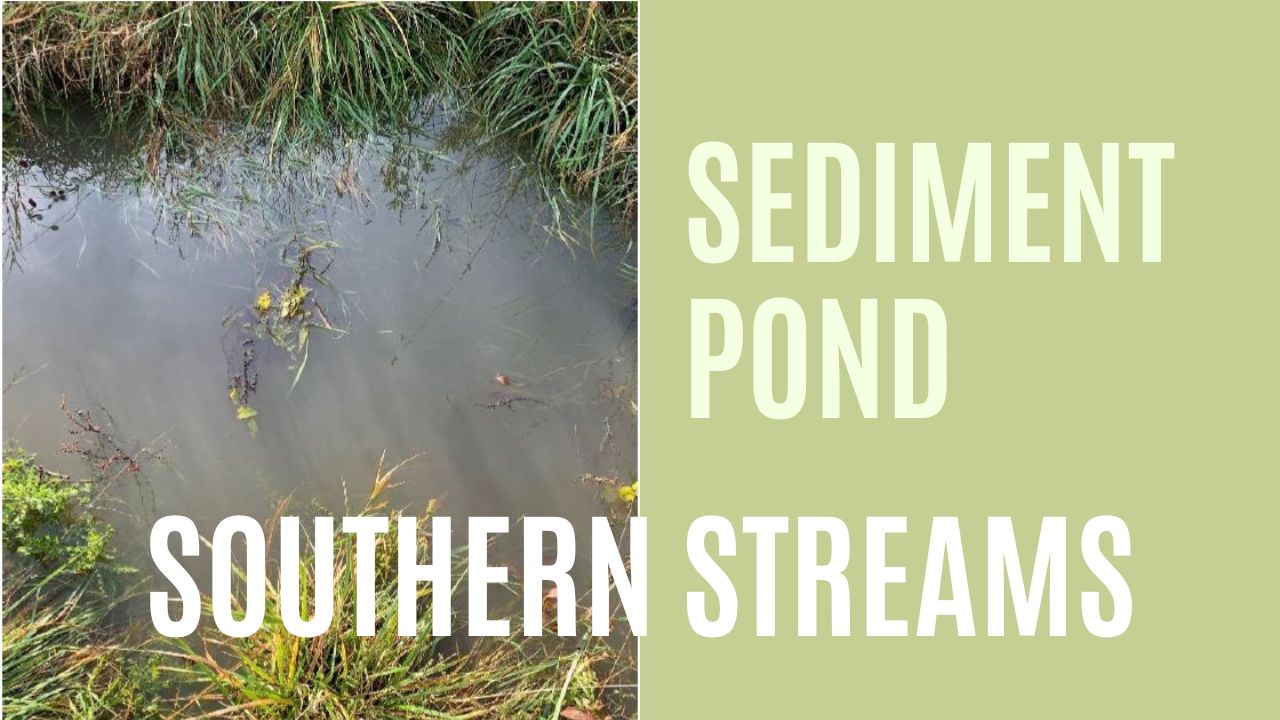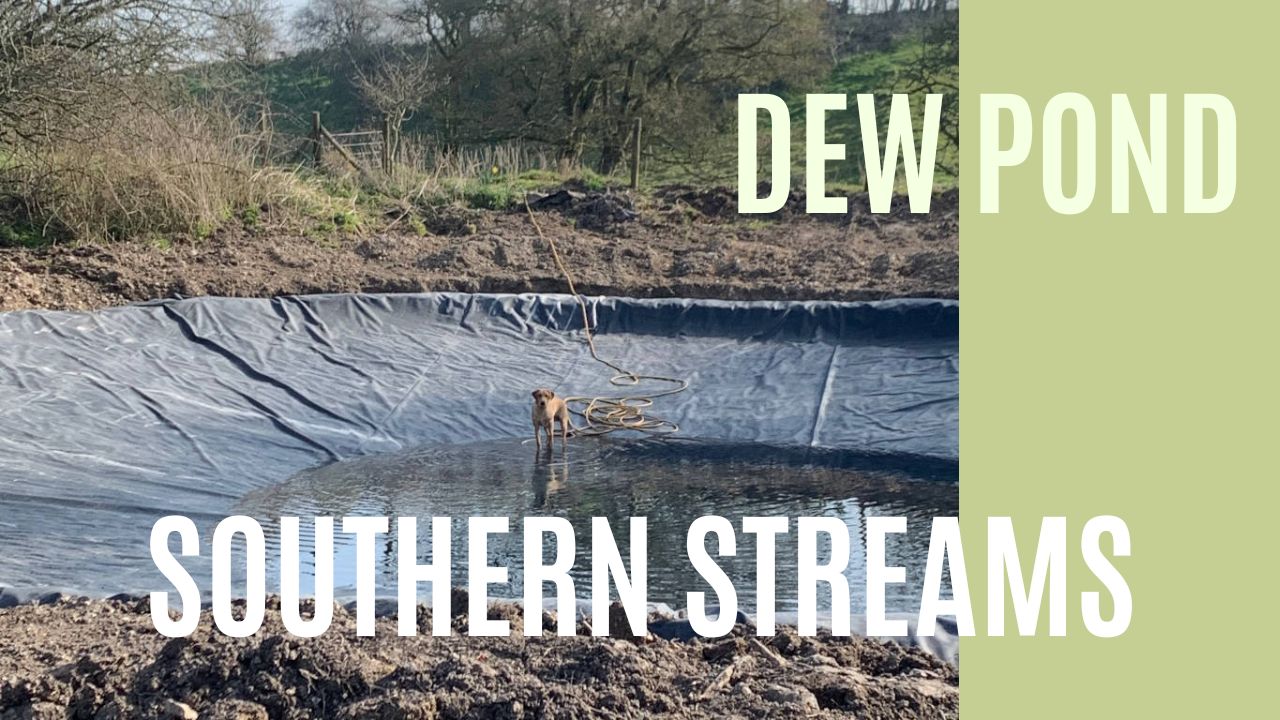Member Article
Orchids

It is a great thrill to find an orchid around here. They are not exactly rare but they are very special, and they need to have exactly the right conditions to thrive. Cows and sheep eat them, so they don’t do very well in intensively grazed grassland. Artificial fertiliser is the kiss of death as orchids suffer from competition from grass in a luxuriant sward. The best place to find orchids is in ancient hay meadows where the grass is not cut until they have had time to flower and set seed.

One of the extraordinary things about orchids is the way appear as if from nowhere in lawns and verges with no parent plant anywhere near. The seed is like dust: it blows in the wind and sticks to the feet of birds. Orchids form symbiotic relationships with mycorrhizal fungi, which help them to absorb nutrients from the soil, and are also important for germination of the seeds.
The Early Purple Orchid is the first one to appear and is often found growing with bluebells in shady areas. The Common Spotted Orchid has pale pink flowers, sometimes almost white, in a long spike.
I think my favourite is the Pyramidal Orchid which has a conical flower of striking purple. It is pollinated by butterflies and moths.
Many orchids are devoid of nectar and use a variety of tricks, including mimicry, to entice insects to pollinate the flowers. The Bee Orchid has a flower which looks exactly like a species of solitary bee. He visits the flower hoping to mate but gets no reward for his trouble.


Our stewardship headlands of undisturbed grass are the perfect habitat for orchids, and I predict that we will see more and more of them in the years ahead.


